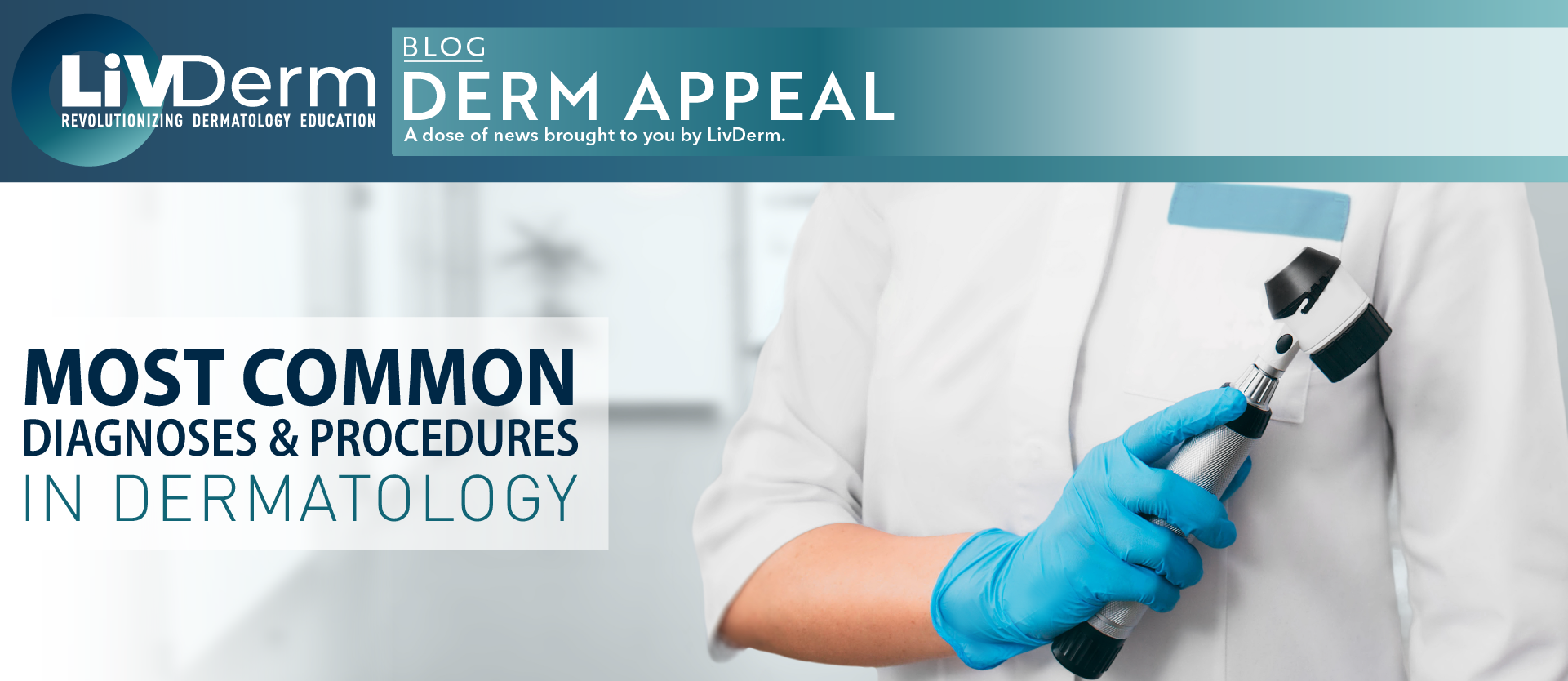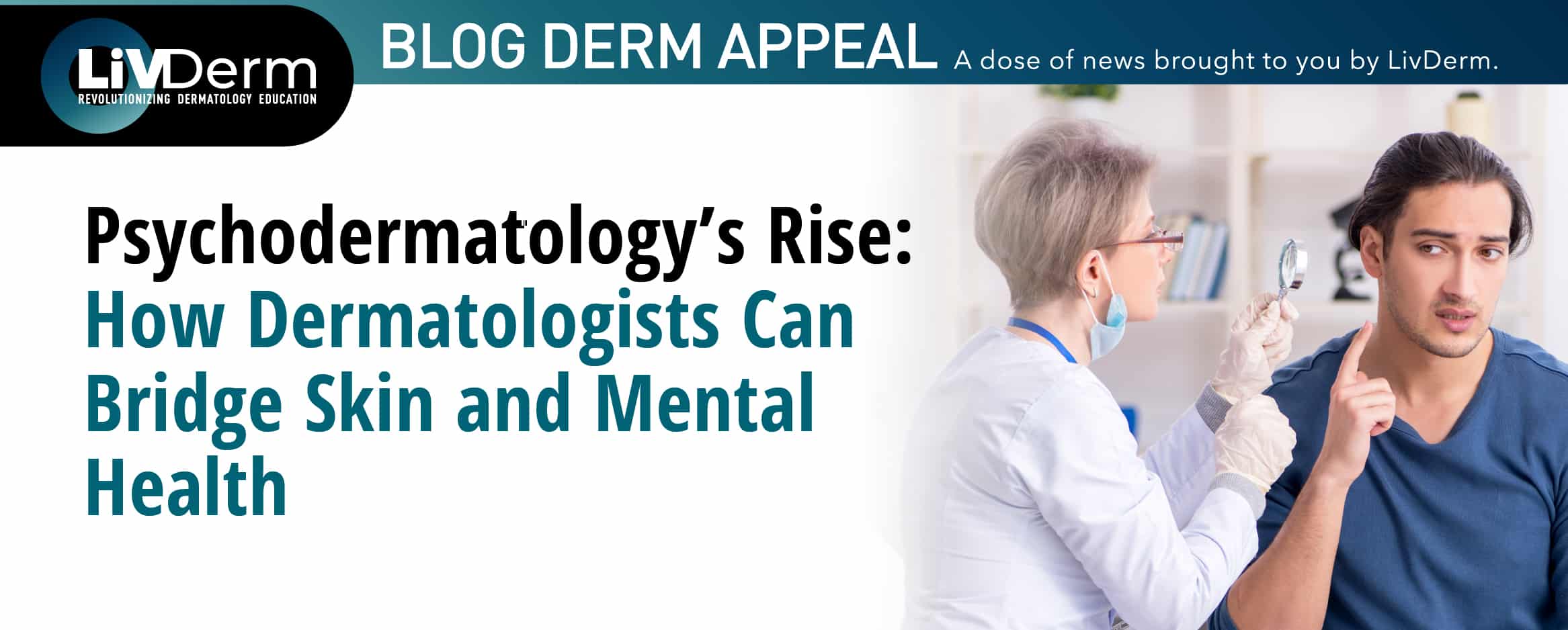Now estimated to affect 1 in 3 Americans at any given time, skin disease is continuing to rise in prevalence leading to an increasing number of skin-related healthcare visits – approximately half of all of these are to non-dermatologist practitioners, such as pediatricians, internists, and primary care physicians (PCPs). Often, the conditions that patients present with to non-dermatologists are different from those more commonly seen by dermatologists as primary care physicians are often the first point of contact for patients with cutaneous symptoms. There are prominent gaps in dermatologic education and training outside of the specialty while a predicted shortage of dermatologists is anticipated to contribute to a growing number of patients presenting to the primary care setting with skin conditions.
Highlighting the urgent need for enhanced education is the increasingly high demand among the patient population for dermatologic services in the primary care practice. Implementing such procedures can not only enhance patient care, but also generate significant revenue and support optimal patients outcomes. As such, it is important for primary care physicians to have a comprehensive understanding of common cutaneous diagnoses and procedures in dermatology.
Most Common Dermatologic Diagnoses in Primary Care
Often, patients presenting to the primary care facility do so with cutaneous symptoms that require immediate attention, such as various types of dermatoses, instead of aesthetic conditions such as pigmentation disorders. A study evaluating outpatient data from between 2001 and 2010 found that the most common cutaneous disorders referred to dermatologists by non-dermatologists were benign tumors, acne, non-melanoma skin cancers, contact dermatitis, and actinic keratosis. Among these diseases, the most frequently encountered condition in the primary care setting was contact dermatitis; on the other hand, acne was the most prevalent reason underlying direct dermatologist visits. Patients also commonly presented with eczema, psoriasis, viral warts, rosacea, and acne vulgaris to primary care facilities in search of referrals; other commonly encountered conditions include ingrown toenails, skin tags, shingles, as well as granulomas.
A separate study investigating referral demand for skin conditions in primary care revealed seborrheic keratosis, melanocytic nevus, actinic keratosis, and acne as the most common diagnoses with the main reason for referral being diagnostic assessment. Overall, primary care sensitivity was generally low and specificity was higher, however, in the case of skin tumors primary care diagnosis sensitivity was 22.4% while specificity was 94.7%.
These findings indicate that primary care physicians are better qualified to rule out skin conditions with high specificity than to establish accurate clinical diagnosis due to poor sensitivity, implicating that knowledge and training need to be improved for PCPs to improve the current standard of management of skin conditions and especially skin cancer due to its significant impact on population health.
Most Common Dermatologic Procedures
Primary care physicians encounter skin lesions, growths, and various dermatoses which may require a variety of procedures such as skin biopsy, excisions, and simple suturing techniques. In addition, wound dressing, nail surgery, and local anesthesia, are often necessitated by patients who may require immediate attention instead of referrals to a specialist. Although, some patient cases may benefit from a referral to a dermatologist, many encounters can be treated during their initial visit if the appropriate education and training is made available to physicians.
There is also a growing need for minimally invasive dermatologic procedures to be integrated into the primary care practice as patients increasingly seek aesthetic medicine solutions. Furthermore, the popularity of aesthetic injectables ranging from neurotoxins to dermal fillers is likely to drive demand for more dermatologic procedures to the primary care setting. Other common treatments that are often requested by patients include chemical peels, laser and light treatments, hair removal, and skin resurfacing procedures.
Although the current medical education guidelines place little emphasis on dermatology training during residency, primary care physicians and other non-dermatologist specialists need to have a comprehensive knowledge of common outpatient dermatologic conditions. As patient demands shift in the coming years, the urgent need for improved education and training will become evident. To assist physicians in preparing for transforming demands and bridge gaps in dermatologic knowledge in the clinical practice, we are offering an in-depth program centered around the most relevant dermatology topics for frontline practitioners, Deep Dive: Dermatology on the Frontlines, taking place on April 24, 2021.
















